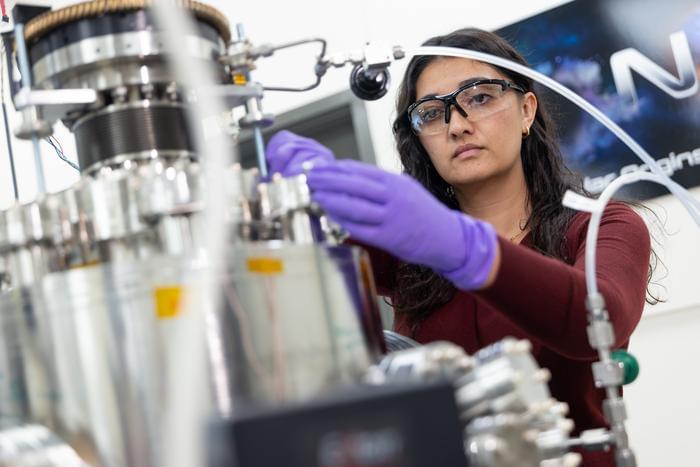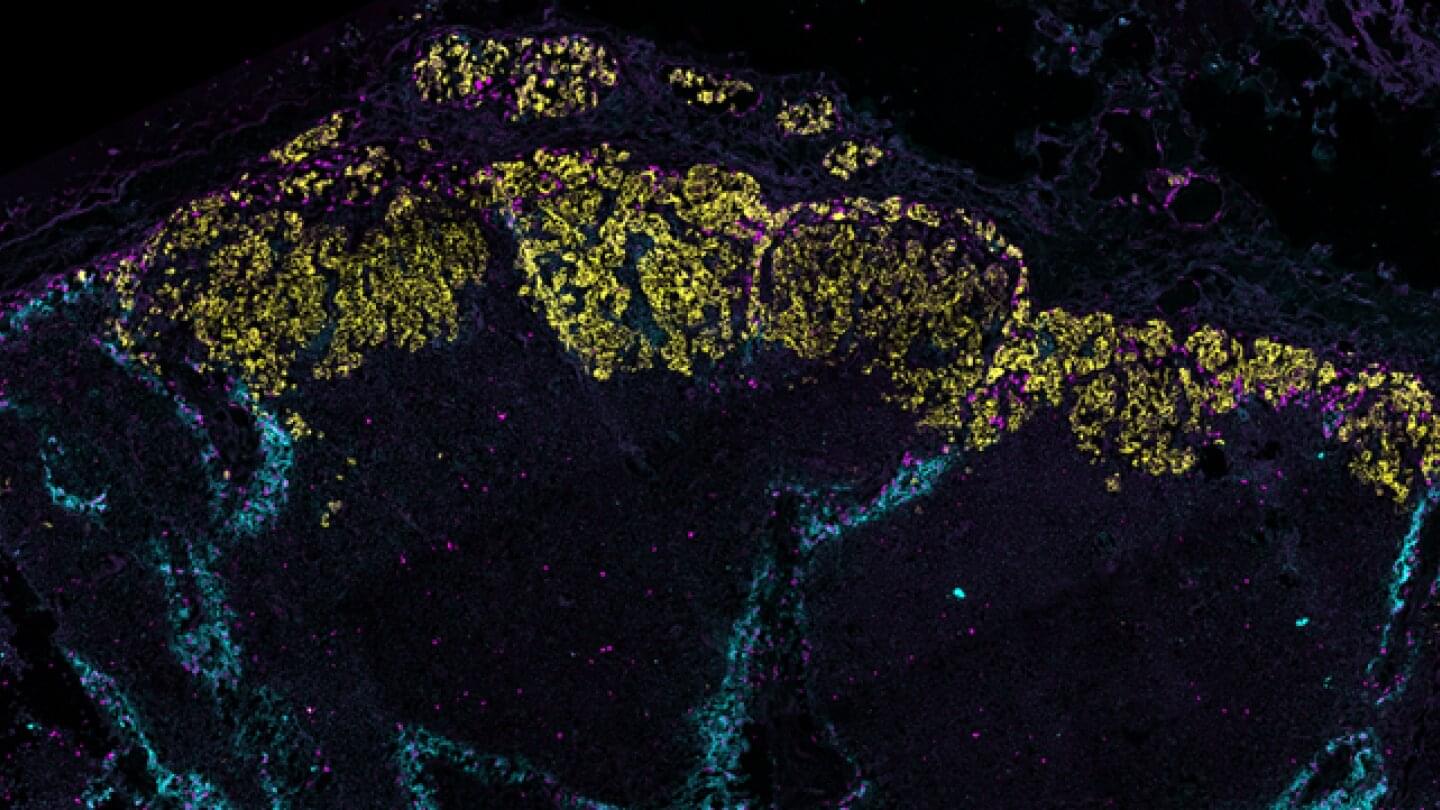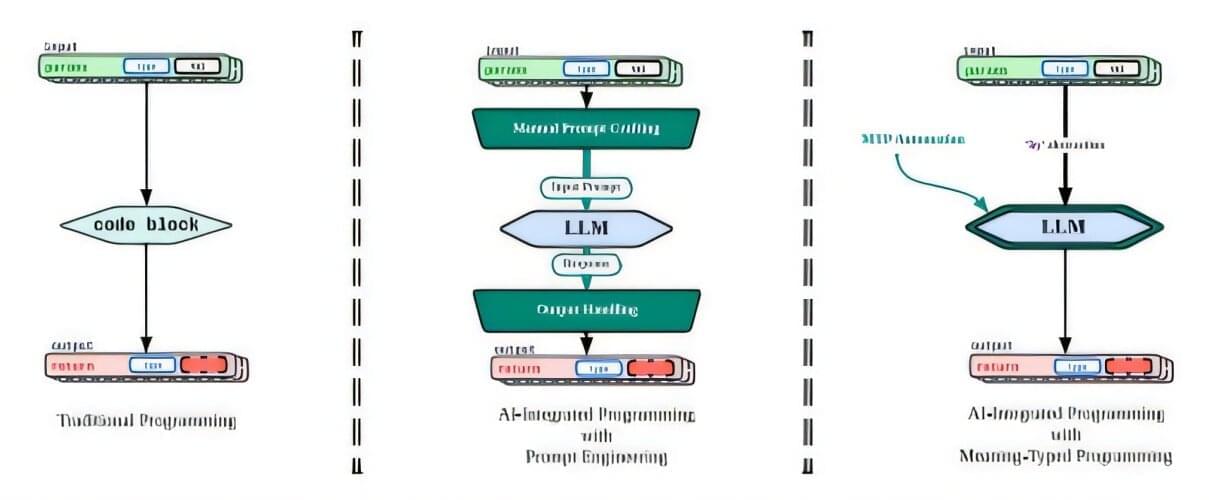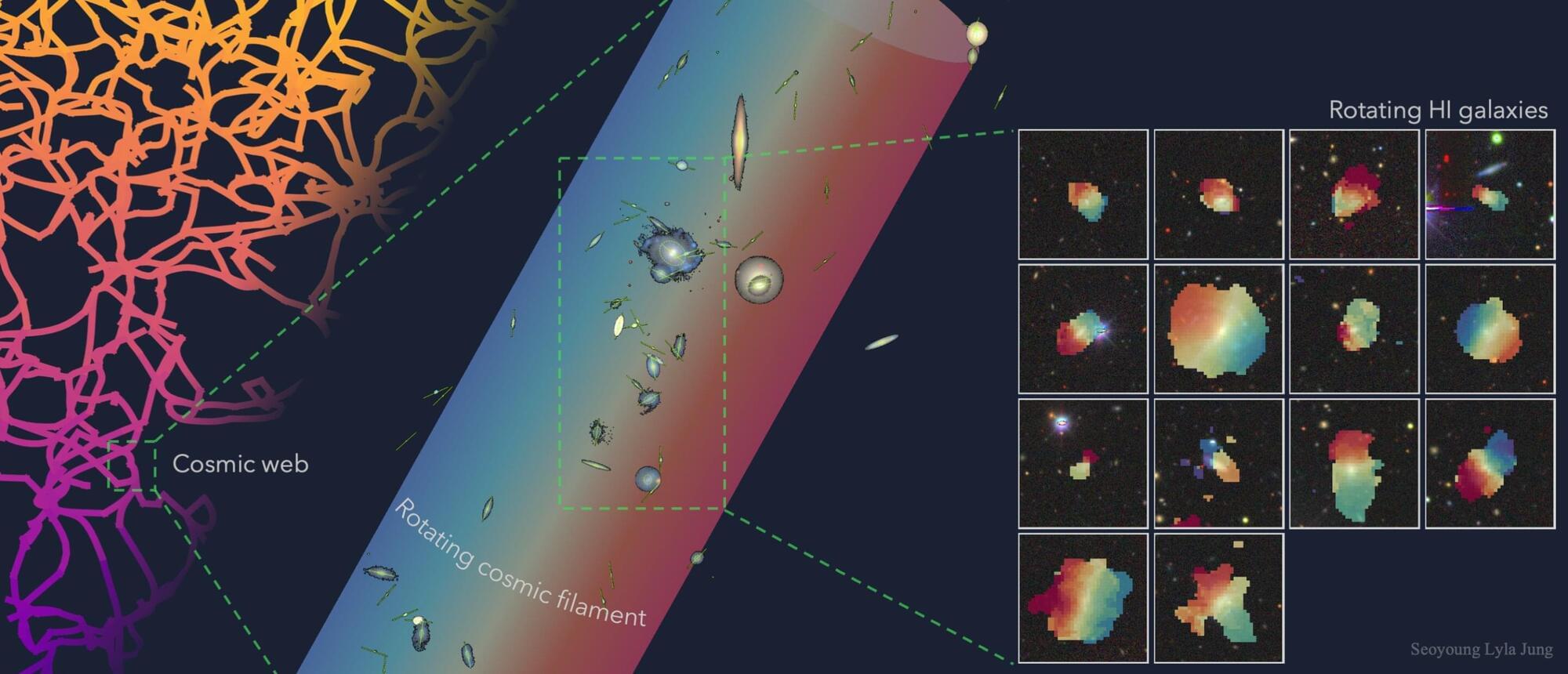How does the discovery of the third state challenge traditional definitions of life and death, and what implications does this have for our understanding of biology? In what ways could the third state revolutionize medical treatments, and what ethical considerations might arise from using postmortem cells for therapeutic purposes? What role might the third state play in the evolution of life, and how could this influence the way we study and interpret changes in living organisms over time? Using these questions as inspiration, create a detailed essay exploring the scientific, medical, and philosophical implications of the third state. Once completed, share your essay to discuss your insights with us!







